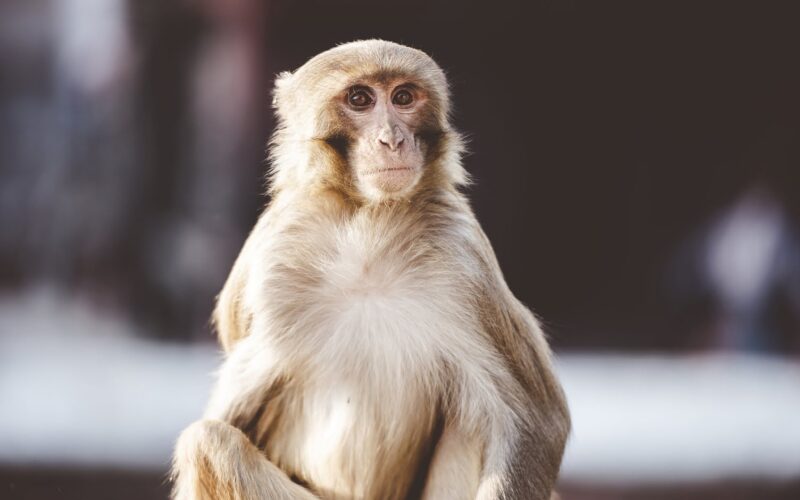What is the history of animal testing?
In various fields, such as the cosmetics and medicines that we use, the effectiveness and safety have been tested through animal experiments. The first animal-related experiments began in ancient Greece, where the functions and knowledge of organisms were obtained through animal dissection. Following that, Arabian physician Ibn Zuhr studied effective surgical methods on animals before employing them on humans (Stamm, 2015). As these methods developed and evolved, animal experiments have been conducted in various ways. As a result, safe medicines and surgical methods are applied to humans.
What is the reason for doing animal experiments?
To test the stability of new treatments applicable to humans, animal experiments are conducted. Furthermore, it is necessary to determine whether newly developed drugs are truly effective and have minimal side effects. In particular, humans cannot experiment with understanding biology due to various genetic factors, but in animals such as mice, genetic factors are low, making it easy to obtain the experimental results they want. Also, in the case of humans, it is possible to control the physical impact, but it is difficult to control the environmental impact. However, in the case of experimental animals, the variables of the experimental results can be suppressed because the physical and environmental effects can be controlled (Povroznik, 2019). In other words, the reason for using animals is an experimental method necessary to minimize damage to humans.
Does animal testing really help humans?
Animals have similar structures to humans, but they are not genetically identical. So, in the case of animals, even if the experiment is successful, problems can arise when applied to humans. In the 1950s, animal experiments were used to introduce successful thalidomide morning sickness drugs with no side effects. Many pregnant women suffering from morning sickness took the drug, resulting in the birth of a child without arms and legs as a side effect of the drug (Merkes, 2012). Therefore, even if the effects and side effects of the drug were confirmed through animal testing, the results of the animal testing are not always accurate because different results may occur if the drug is applied to humans.
What are the alternatives to animal testing?
Animals also feel emotions, and they have rights, so they should not only serve human interests. Also, we need to find new methods because animal testing alone cannot guarantee the stability of the experiment. We can check the toxicity and effectiveness of various drugs by making fake skin and organs similar to human skin instead of animal skin. These methods may be more effective than animal experiments and produce the same results when actually applied to humans (Bryce, 2019).
Conclusion
From the past to the present, animal experiments have been conducted in various ways to minimize damage to humans. Through these animal experiments, the effects of drugs, cosmetics tests, and new surgical methods were created. However, when successful animal testing is applied to humans, there is also a probability of failure. Also, for the human rights of animals, we need to find ways to help humans by using methods other than animal testing.
References
Merkes, M. (2012). Animal research provides a flawed model, so why not stop? [online] The Conversation. Available at: https://theconversation.com/animal-research-provides-a-flawed-model-so-why-not-stop-7890 [Accessed 2 December 2022].
Miller, K. (2019). 12 Advantages and Disadvantages of Animal Testing On Cosmetics | FutureofWorking.com. [online] Futureofworking.com. Available at: https://futureofworking.com/12-advantages-and-disadvantages-of-animal-testing-on-cosmetics/ [Accessed 2 December 2022].
Povroznik, J. (2019). Five Factors Affecting Your Mouse Behavioral Studies. [online] bitesizebio.com. Available at: https://bitesizebio.com/44432/five-factors-affecting-your-mouse-behavioral-studies/ [Accessed 2 December 2022].
Stamm, S. (2015). Medical Testing on Animals: A Brief History. [online] Animal Justice. Available at: https://animaljustice.ca/blog/medical-testing-animals-brief-history [Accessed 2 December 2022].
